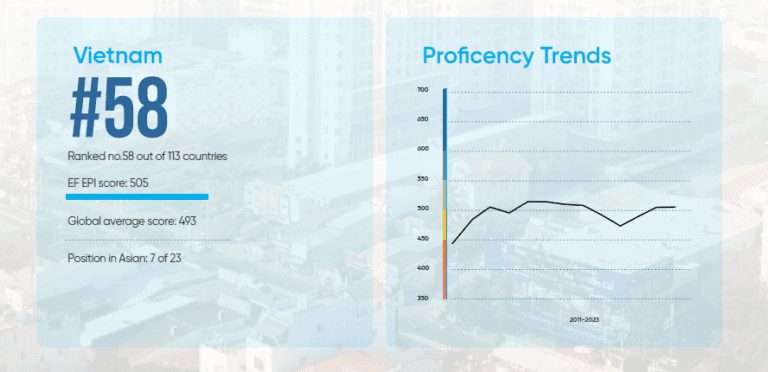UK businesses have faced mounting pressures—rising operational costs, talent shortages, and post-Brexit trade complexities. To stay competitive, many adopt multi-outsourcing, spreading operations across multiple vendors to cut costs and boost resilience.
Instead of relying solely on hubs like India, companies are diversifying into emerging markets like Vietnam. This approach optimises expenses while ensuring quality and flexibility, helping companies adapt to shifting economic demands.
The Cost-Saving Power of Multi-Outsourcing
One of the most compelling reasons UK businesses adopt multi-outsourcing is significant cost reduction. Labour expenses vary dramatically across regions, making geographic diversification a powerful tool for financial efficiency.
For example, hiring a mid-level developer in the UK typically costs between £40,000 and £60,000 annually. Offshore options offer even greater savings, with Vietnam (£10,000–£18,000) and India (£12,000–£22,000) providing highly skilled talent at a fraction of domestic wages.
Vietnam has emerged as a particularly attractive alternative, offering rates 30–50% lower than India for IT, back-office support, and manufacturing outsourcing. The Vietnamese government further incentivizes foreign investment through tax breaks and tech park developments, making it an increasingly popular choice for cost-conscious businesses.
By distributing workloads strategically—keeping customer-facing roles nearshore while offshoring technical development—companies can maximise savings without compromising service quality.
Mitigating Risk Through Vendor Diversification
While cost savings are important, smart businesses recognise that outsourcing risk management is equally critical. Relying too heavily on a single vendor or region can expose companies to several vulnerabilities.
Operational disruptions, whether from geopolitical instability, natural disasters, or sudden vendor attrition, can cripple a business that lacks backup options. Price hikes from a sole provider can also strain budgets unexpectedly. Additionally, compliance risks, particularly concerning GDPR and data security, require careful vendor selection.
A multi-outsourcing approach addresses these challenges by spreading risk across multiple providers. This not only ensures regulatory compliance but also provides flexibility. If one vendor faces delays, workloads can be temporarily shifted to another without major disruption.
The ability to scale teams up or down by reallocating tasks between vendors adds another layer of resilience. In an unpredictable global market, this adaptability is invaluable.
Vietnam vs. India: A Balanced Outsourcing Strategy
While India remains the world’s leading outsourcing destination, Vietnam has rapidly gained traction as a competitive alternative. Each country offers distinct advantages, and businesses can benefit from incorporating both into their outsourcing strategy.
Vietnam’s greatest strength is its cost efficiency, with labour expenses significantly lower than India’s in key sectors like IT and manufacturing. The country also boasts a young, tech-savvy workforce of 560,000 with about 50,000-70,000 STEM graduates entering the job market annually. English proficiency, while still improving, has risen steadily, making communication smoother than in previous years.

Another advantage is lower attrition rates—under 10% compared to India’s 15–20%—which translates to more stable, long-term teams. Vietnam has also developed niche expertise in areas like agile software development, gaming, and manufacturing support, making it ideal for businesses in these sectors.
India, meanwhile, continues to dominate in large-scale operations and specialised tech fields like AI and legacy system maintenance. Its vast talent pool and mature outsourcing infrastructure make it unbeatable for complex, high-volume projects.
The optimal approach? Combine Vietnam’s affordability and stability with India’s scalability and deep expertise. For example, a UK firm might use Vietnam for cost-sensitive development work while relying on India for AI-driven analytics or customer service at scale.
Implementing Multi-Outsourcing: A Practical Approach
For businesses new to multi-outsourcing, the key is to start small and then scale strategically. Rather than overhauling entire operations at once, companies can pilot the model with a single function—such as software testing or customer support—in a new location. This allows them to assess vendor performance, cultural alignment, and cost savings before expanding further.
Choosing the right vendors requires careful evaluation. Factors like language proficiency, time zone compatibility, and data security compliance should all be considered. Many businesses find it helpful to partner with outsourcing consultants who can identify reliable providers and streamline the transition.
For UK businesses navigating economic uncertainty, multi-outsourcing offers a winning combination of cost savings, risk mitigation, and operational flexibility. By diversifying across regions like Vietnam, India, and Eastern Europe, companies can build a resilient, future-proof outsourcing strategy that adapts to changing market conditions.
Interested in exploring multi-outsourcing for your business?
Talk with our experts to find out which option best suits your company.





